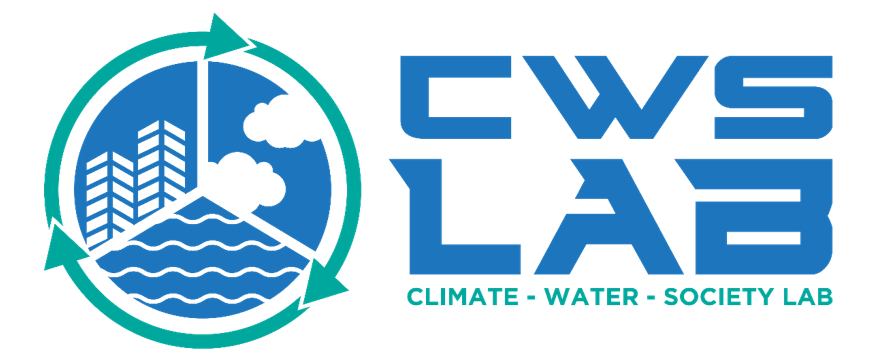At Auburn University’s Climate, Water, and Society Lab, we create tutorials that help you access, process, and analyze environmental data. These tutorials provide step-by-step guidance on using ecological datasets for research and decision-making.
Exploring NEON Data
Learn how to access and process ecological data from the National Ecological Observatory Network (NEON). This tutorial shows how NEON datasets can be used to study environmental processes across U.S. ecosystems.
By Thomas Kavoo (SPRING 2025)

Quantifying NEON Data Uncertainty with NOAA-GHCND
This tutorial demonstrates how to combine NEON data with NOAA-GHCND records to evaluate uncertainties. It provides methods for improving data reliability and environmental model validation.
By Thomas Kavoo (SPRING 2025)

Point-Scale Parameter Perturbation Experiments (PPE)
This tutorial provides a step-by-step guide on performing parameter perturbation experiments at NEON sites using CLM5. It shows how to test model sensitivity by varying ecosystem parameters.
By Thomas Kavoo (FALL 2023)

Quantifying Wetland Drought Indices
Wetlands are highly sensitive to water availability. This tutorial shows how to calculate drought indices such as SPI (precipitation), SSI (streamflow), and EDDI (atmospheric demand) using flux tower data and long-term records.
Study Site: Coastal freshwater wetland in Everglades National Park, part of AmeriFlux and FCE-LTER networks.
By Thomas Kavoo (FALL 2025)

Soil and Wetland Data Analysis
Soil and wetland interactions play a critical role in ecosystem processes and hydrological function. This tutorial demonstrates how to integrate SSURGO soil data with U.S. Fish & Wildlife Service wetland inventories for geospatial analysis, mapping, and property assessment at 100 m resolution.
Example Area: Baldwin County, Alabama (SSA AL003), derived from SSURGO soil surveys and the National Wetlands Inventory geodatabase.
By Evan Farry – GSEI Auburn University (FALL 2025)

